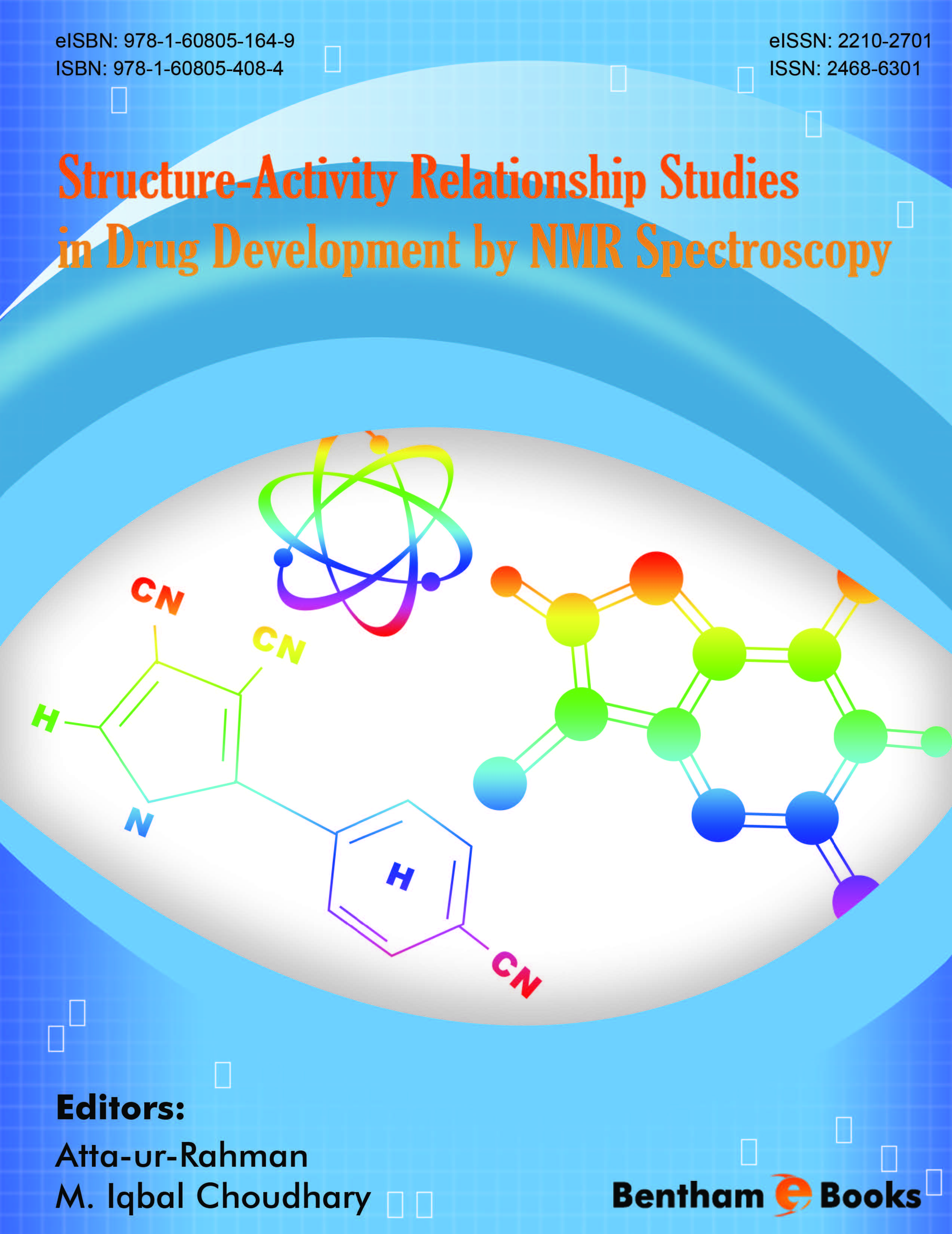Introduction
NMR (Nuclear Magnetic Resonance) Spectroscopy has found significant applications in drug discovery based on its capacity to map molecular interactions at the atomic level. Chemical shifts, cross relaxation, and exchange of protons are among the NMR parameters which are highly sensitive to the exact environment of the molecules, and therefore yield information about whether a small molecule (candidate compound) binds to a target protein (receptor) or to other macromolecules. These NMR parameters are also used to exactly map the part of the macromolecular target to which the ligand is bound. Spectacular advances in the use of NMR spectroscopy in drug discovery and development have been triggered by a greater understanding of the disease process at the molecular level. Structure – Activity Relationship Studies in Drug Development by NMR Spectroscopy presents comprehensive reviews on NMR spectroscopic drug development written by leading experts in the field.
This ebook will fulfill an important need of the scientific community by providing recent cutting edge knowledge, practices and experiences in pharmaceutical innovation and development.

